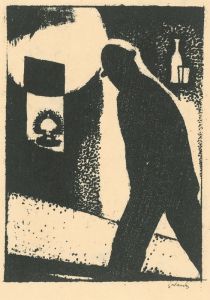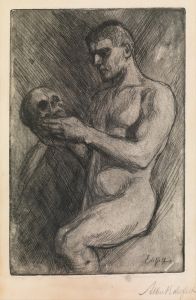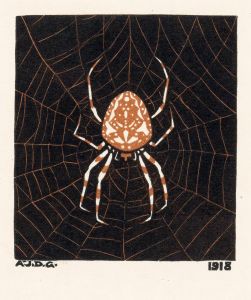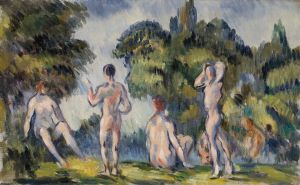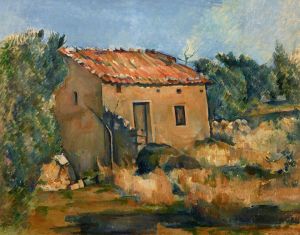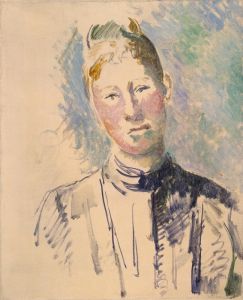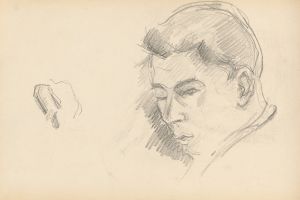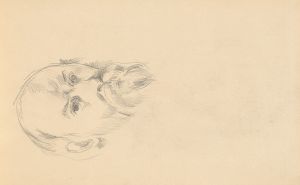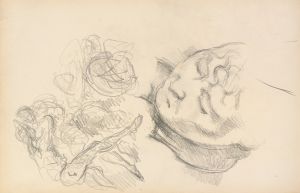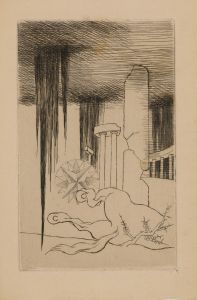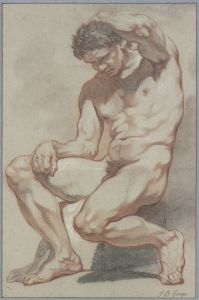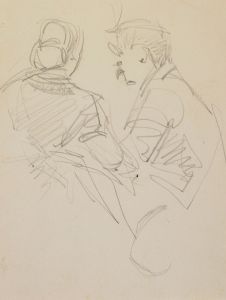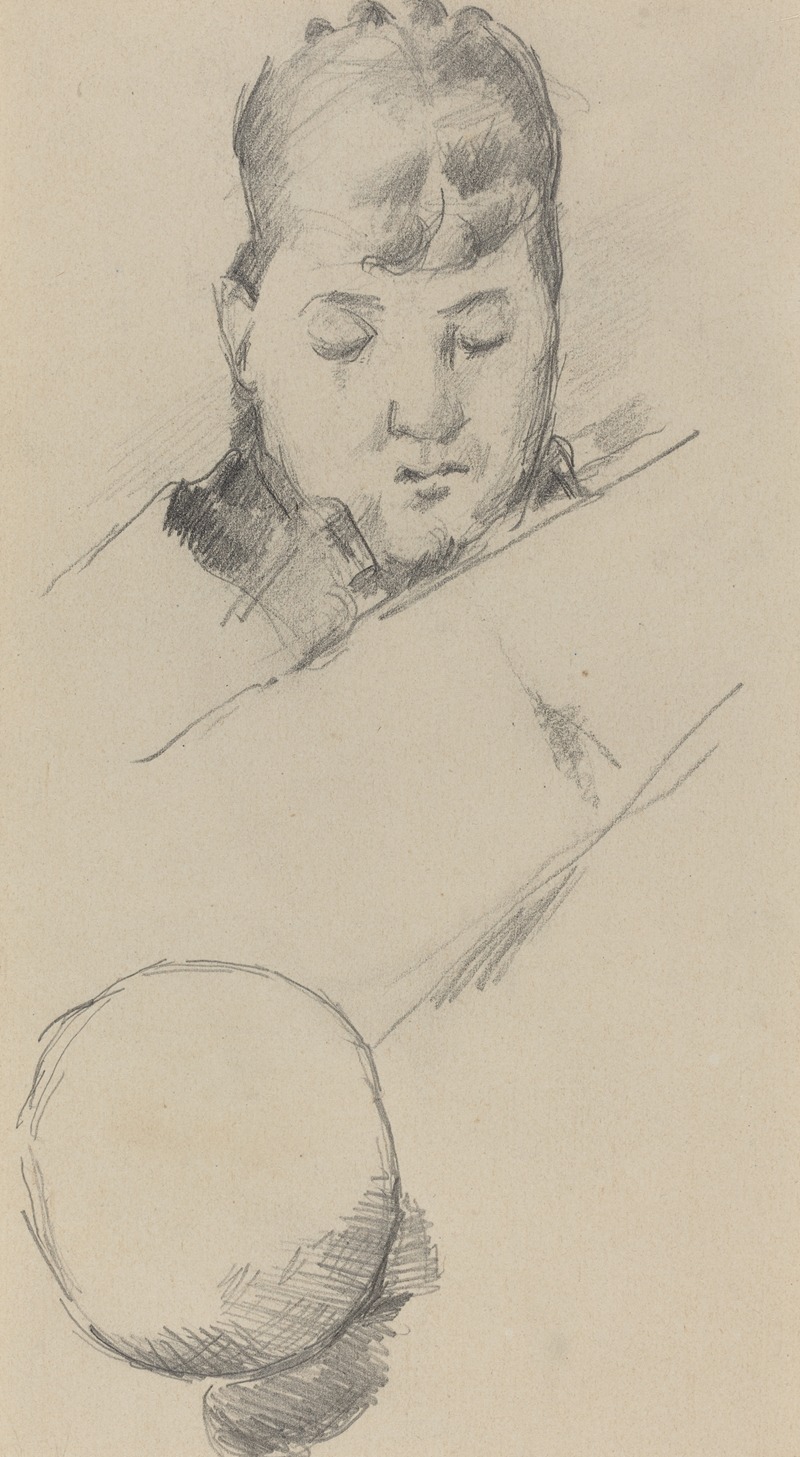
Bust of Madame Cézanne
A hand-painted replica of Paul Cézanne’s masterpiece Bust of Madame Cézanne, meticulously crafted by professional artists to capture the true essence of the original. Each piece is created with museum-quality canvas and rare mineral pigments, carefully painted by experienced artists with delicate brushstrokes and rich, layered colors to perfectly recreate the texture of the original artwork. Unlike machine-printed reproductions, this hand-painted version brings the painting to life, infused with the artist’s emotions and skill in every stroke. Whether for personal collection or home decoration, it instantly elevates the artistic atmosphere of any space.
"Bust of Madame Cézanne" is a notable painting by the French Post-Impressionist artist Paul Cézanne. This artwork is one of several portraits Cézanne created of his wife, Marie-Hortense Fiquet, who was a frequent subject in his work. Cézanne's portraits of Madame Cézanne are significant for their exploration of form, color, and composition, which were central to his artistic development and the evolution of modern art.
Paul Cézanne, born on January 19, 1839, in Aix-en-Provence, France, is often credited with bridging the gap between 19th-century Impressionism and the early 20th century's new line of artistic inquiry, Cubism. His work laid the foundation for the transition from the 19th-century conception of artistic endeavor to a new and radically different world of art in the 20th century.
Marie-Hortense Fiquet, whom Cézanne met in 1869, became his wife in 1886. Despite their long relationship, Cézanne's family did not approve of the marriage, which led to a somewhat strained personal life. Nonetheless, Hortense was a steadfast presence in Cézanne's life and work. She appears in over 40 of his paintings, making her one of his most frequent subjects.
"Bust of Madame Cézanne" exemplifies Cézanne's unique approach to portraiture. Unlike the Impressionists, who focused on capturing the fleeting effects of light and atmosphere, Cézanne was more concerned with the underlying structure of his subjects. In this painting, Cézanne employs a methodical approach to form and color, using a series of small, deliberate brushstrokes that build up the image gradually. This technique creates a sense of solidity and permanence, emphasizing the three-dimensionality of the figure.
The painting is characterized by its subdued color palette, with Cézanne favoring earthy tones and muted hues. This choice of colors contributes to the overall sense of calm and introspection that permeates the portrait. Madame Cézanne is depicted with a serene expression, her gaze directed slightly away from the viewer, which adds to the introspective quality of the work.
Cézanne's treatment of space and form in "Bust of Madame Cézanne" reflects his interest in simplifying natural forms into geometric shapes. This approach can be seen in the way he renders Madame Cézanne's face and clothing, using planes of color to suggest volume and depth. This technique was influential in the development of Cubism, as artists like Pablo Picasso and Georges Braque drew inspiration from Cézanne's innovative use of form and perspective.
The painting is also notable for its compositional balance. Cézanne carefully arranges the elements within the frame to create a harmonious and stable composition. The figure of Madame Cézanne is centrally placed, with her head and shoulders forming a triangular shape that anchors the composition. This sense of balance and order is a hallmark of Cézanne's work and contributes to the painting's enduring appeal.
"Bust of Madame Cézanne" is housed in the Metropolitan Museum of Art in New York City, where it continues to be admired by art enthusiasts and scholars alike. The painting is a testament to Cézanne's skill as a portraitist and his ability to convey the inner life of his subjects through his innovative use of form and color. Through this work, Cézanne not only captured the likeness of his wife but also contributed to the broader evolution of modern art.





